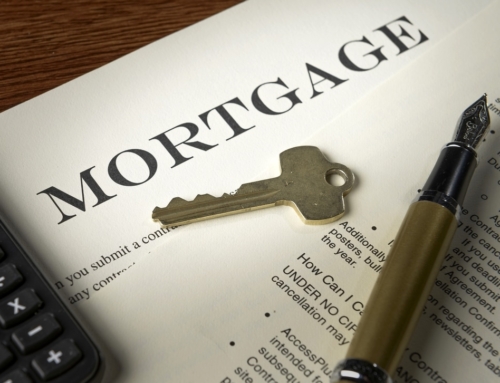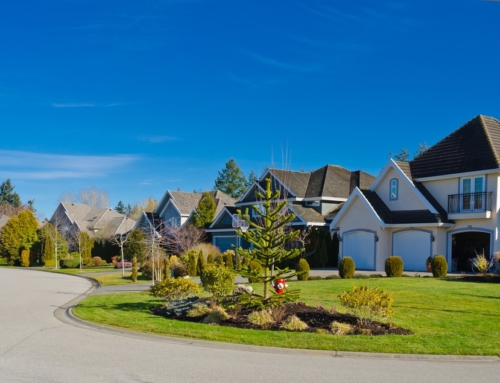Some people pay more for their loans than others, and the number of people paying more for their loans is going up.
According to a recent report from the Federal Reserve analyzing 2005 home loan data, nearly 55 percent of black borrowers paid a higher-than-typical interest rate on their home mortgages. More than 46 percent of Hispanics paid more than the typical interest rate as did 17 percent of white borrowers.
This is nearly, or in some cases more than, double the number of people paying higher-than-typical interest rates on their mortgages in 2004.
According to the Home Mortgage Disclosure Act (HMDA) data for 2005, 24.6 percent of borrowers paid a higher-than-typical interest rate compared with just 11.5 percent of borrowers in 2004.
The question is, why are borrowers paying more and does race have anything to do with it?
“The Federal Reserve has said you can’t draw conclusions of higher interest rates based on minority status,” notes Laura Armstrong, a spokesperson for the Mortgage Bankers Association of America, a Washington, D.C.-based trade group.
If race isn’t a factor, as many consumer advocates believe, then why are interest rates climbing on so many loans? One reason may be the dramatic increase in sub-prime lending over the past few years.
“I’m struck by how the pool of borrowers has changed since 2004,” observes Keith Gumbinger, a spokesperson for the Pompton Plains, NJ-based HSH (hsh.com), one of the largest publishers of mortgage information.
“It’s almost as though the folks with good credit all refinanced in 2002 and 2003 and then people with poorer credit got in the game,” he adds.
While some borrowers with good credit histories (commonly referred to as “Grade A” borrowers) might be put into subprime loans, Gumbinger says, plenty of borrowers with lesser credit histories have been getting approved for loans.
It’s the mortgage lenders’ policy of “Never say ‘No'” in action, Gumbinger says. It translates into everyone getting approved for a loan, but at higher interest rates (and additional fees) in order to compensate for the additional risk the end lender is taking.
“Interest rates on loans are all about risk-based pricing,” explains Armstrong. “To really understand why interest rates are rising on loans, you have to look at the income-to-debt ratio, the loan value, credit history and credit scoring. It’s all part of the individual pricing you get on any loan.”
Another reason for the rise in interest rates on loans could be the increase in exotic mortgage products, such as interest-only loans, pay-option adjustable rate mortgages (ARMs) and even the more ordinary piggy-back mortgage. Some of these loans carry a higher interest rate than other straightforward mortgages.
“A lot of borrowers are willingly paying higher interest rates to get a loan that makes the numbers work out,” Gumbinger says.
In addition, the rise in zero and almost zero down payment loans can push up interest rates. If you put down 20 percent or more on a property, you’ll be able to tap into the lowest interest rates because the risk goes down significantly for the investor that buys your loan on the secondary market.
If you put down less than 20 percent, you’ll have to pay for private mortgage insurance (PMI) in order to insure the top part of the loan. However, some lenders allow borrowers to pay a higher interest rate on the loan instead of paying monthly PMI payments, which has the net effect of pushing up the interest rate.
The same thing happens when closing costs are folded into the interest rate or into the amount of the loan itself, notes Greg McBride, senior financial analyst for BankRate.com. In its most recent closing cost survey, McBride says the average amount of closing costs consumers pay on a $200,000 loan is $3,000, including $1,672 in loan origination fees.
If you folded those costs into the loan in order to do a “no cost” or “no fee” loan, you might pay 6.50 percent when everyone else is paying 6.25 percent.
Credit scoring requirements have continued to evolve, and that has also served to push up interest rates, Gumbinger observes.
Bond holders, investors and secondary mortgage market players are requiring a higher credit score in order to get the best interest rates available. In 2004, a 680 credit score might have gotten you a great rate. Now, you’ll need to have a credit score of 700 or 720.
“As home appreciation has slowed, the risks of lending to various types of consumers have increased. Rising home prices can paper over credit history problems. You can always sell the home and be assured you’ll get your money out,” Gumbinger explains. “When appreciation slows, lenders are more concerned.”
Next week: Inaccurate Good Faith Estimates are enough to make home buyers and homeowners who are financing their loans scream. How much should you pay in closing costs? We’ll take a look in next week’s column.
See the second part of this article at What Mortgages Should Cost, Part II.
Sept. 20, 2006.






Leave A Comment